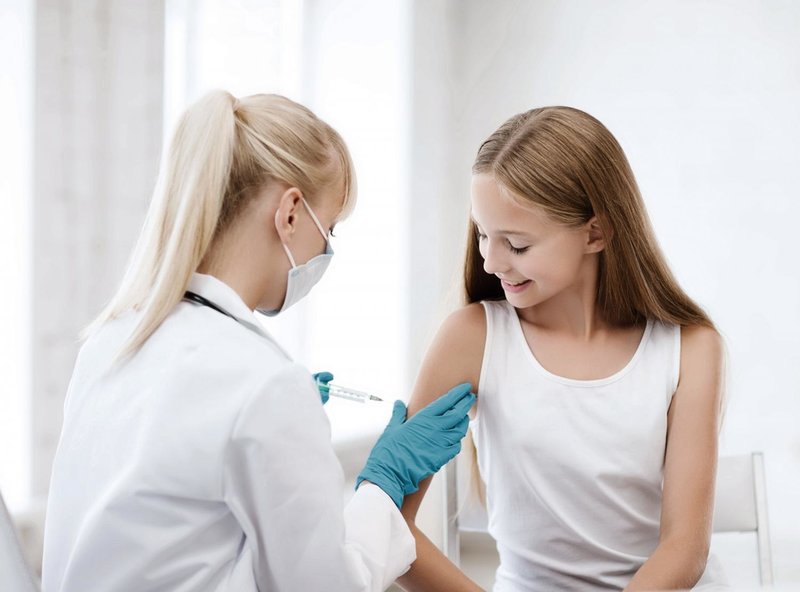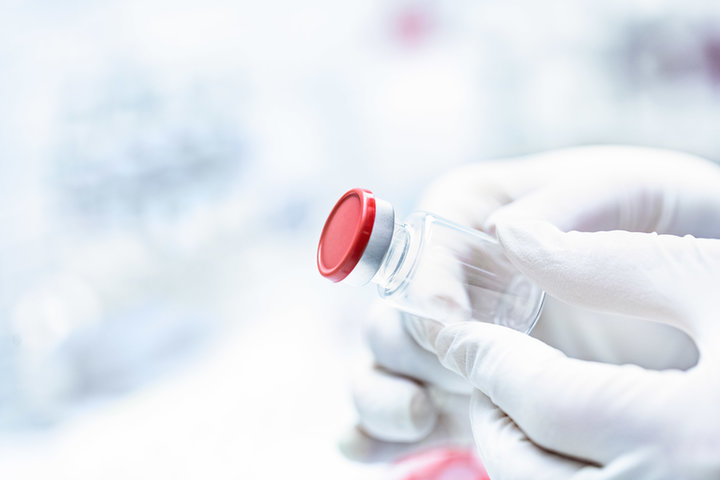COMPANY INSIGHT
Sponsored by Datwyler
Drug Defense:
Designing Against Defects
How “Quality-by-Design” Thinking Enables Drug Efficacy and Minimizes Opportunities for Contamination
By Rahul Thakar, PhD, Technical Key Account Manager, Datwyler

Especially in times of crisis—like the current COVID-19 pandemic—there is no time or resource to waste on the issues that stem from defective or problematic drug packaging. Patients depend on drug manufacturers to supply them with products that provide essential—sometimes, even life-saving treatments. However, these drug formulations can be sensitive and easily impaired by potential contaminants or packaging defects even in the cleanest of settings. While the onus is on pharmaceutical and biopharmaceutical manufacturers to ensure drugs reach patients in a sterile, secure condition up to and throughout point-of-use, there are ways to extend quality-centric standards for added reinforcement at the supplier level.
Even companies that abide by the most stringent procedures in the cleanest environments can still face the hurdles posed by particle contamination, leachable materials and under-performing packaging components that result in wasted time, money and other resources. However, if drug packaging components are produced in an environment designed entirely around quality control, these issues can be mitigated.
This production philosophy treats packaging as an extension of the parenteral drugs it houses, since these components inevitably come in contact with the drug as it is delivered. It ensures drug production receives the proper planning and quality assurance not just at the initial stage of formulation, but throughout the entire production line. In viewing the packaging as part of the treatment, companies can apply the same meticulous attention to detail that governs the prevention of contamination in drug development, manufacturing and fill-finish operations —and more successfully minimize risk as a result.

Quality-by-Design Targets Zero Defects
Packaging materials have traditionally been viewed as secondary components to drug products and have not necessarily been manufactured in clean-room environments. However, drug companies should not consider packaging an afterthought as it can significantly impact the viability of a treatment.
For example, highly sensitive parenteral drugs such as injectable biologics and biosimilars are at greater risk of foreign contamination. This category has been met with reported cases of protein aggregation, silicone sensitivity, loss of efficacy and, in the worst cases, even recalls. All of these issues can cost pharmaceutical companies millions of dollars, and worse, the trust of patients and healthcare providers. As regulatory authorities’ expectations rise amid these pitfalls, drug developers and parenteral packaging manufacturers have the opportunity to challenge the status-quo through technical collaboration. By implementing a quality-by-design approach—a method that scrutinizes the complete packaged product, identifies any opportunities of contamination and sets up the production line to defend against those potential pitfalls—manufacturers can ensure packaging is designed and produced with the same rigor of the drug itself. This critical eye at the component stage can catch issues upstream and reduce the likelihood of entire batches of drugs reaching the market and facing rejection due to formulation impurities.
Putting Quality Control First Reduces Variability
What if, instead of catching defective pharmaceutical packaging late in distribution stages, the manufacturers of essential components prioritized quality control first? This school of thinking led Datwyler to pioneer Essential, Advanced and FirstLine™—three different quality-by-design manufacturing standards tailored to specific market requirements and safely conducted in separate facilities, a critical difference over separate environments that share the same facility. Building on a foundation of quality assurance, FirstLine™ facilities employ more stringent checks and in-process controls during early stages of the production line. Should the packaging components not meet strict requirements, production does not move forward, eliminating uncertainty and avoiding the consequences of bringing a faulty product to market.
When laying the foundation of its own quality-by-design production process, a drug manufacturer should seek partners that prioritize the following areas of production:
1. Contamination Control
Unwanted particles can serve as a major threat to drugs if found in the finished product. Datwyler’s collaborative research indicates common contaminants are cellulose, polyester, silicone, hair and various polymers such as polypropylene or polyamide. It is important to identify the source of any of these contaminants and establish measures that can eliminate them from the design of the packaging component and from the manufacturing floor. Ridding the environment of wooden pallets, paper or bags, for example, may reduce the presence of cellulose in the facility. Once identified and understood, manufacturers must catch and correct these contamination risks immediately, without cutting corners. When it comes to the component design, manufacturers can help reduce the chance of contaminants leaching into the product by employing novel coatings and other technologies that deflect typical chemical behaviors.
2. Automation and Added Protection
As a next step, manufacturers can narrow the opportunity for error by incorporating automation and inspection into their process. These technologies can add an extra line of defense between potential defects and the final packaged product, reducing downtime or product loss and resulting costs. By offering precise, repeatable motions, automation equipment can increase production speeds while providing an extra level of reliability in the finished product. It can also protect against biocontamination, which can occur when an operator is too close to the product. Similarly, sophisticated inspection cameras can catch miniscule errors invisible to the human eye, ensuring products that are not up to par do not make their way into patients’ hands. In addition, manufacturers can create greater quality assurance by packaging components in vacuum-sealed bags at the end of the production line, protecting against the infiltration of any foreign substances or other contaminants. Should the sealed bags be compromised, they will lose vacuum, providing an immediate tell that the contents should be diverted from the supply.
3. Variability
Throughout production and quality control, manufacturers must also pay close attention to variability, which can threaten the ability to yield zero-defect products. Variability often occurs within the production process itself or through raw materials. In the case of raw materials, manufacturers can take a global approach to ensure every facility uses the same supplier and can achieve uniform quality in their products.
The Optimal Manufacturing Design: It’s in the Details
Whether addressing the presence of dangerous particulates or any other potential opportunities for contamination in production, a quality-by-design approach may take many forms and is not a one-size-fits-all solution. By nature, the process requires a close look at specific drug characteristics and a tailored manufacturing model to match. As the industry continues to evolve, manufacturers of components for parenteral drug packaging applications and medical devices must consider their requirements from a functional, regulatory and cleanliness standpoint. These components are held to different standards, and it is imperative to orient manufacturing requirements to suit these needs. Luckily, with the goal of zero defects made possible by designing production around quality control, medical device and drug manufacturers can operate with the reassurance that every measure has been taken to remove obstacles on the complicated journey of taking vital medicines to market.

Contact information
Datwyler Pharma Packaging Belgium NV
Nijverheidsstraat 5
Industrieterrein Kolmen 1519
3570 Alken
Belgium
T +41 41 875 11 00
Email: info@datwyler.com
Website: www.datwyler.com